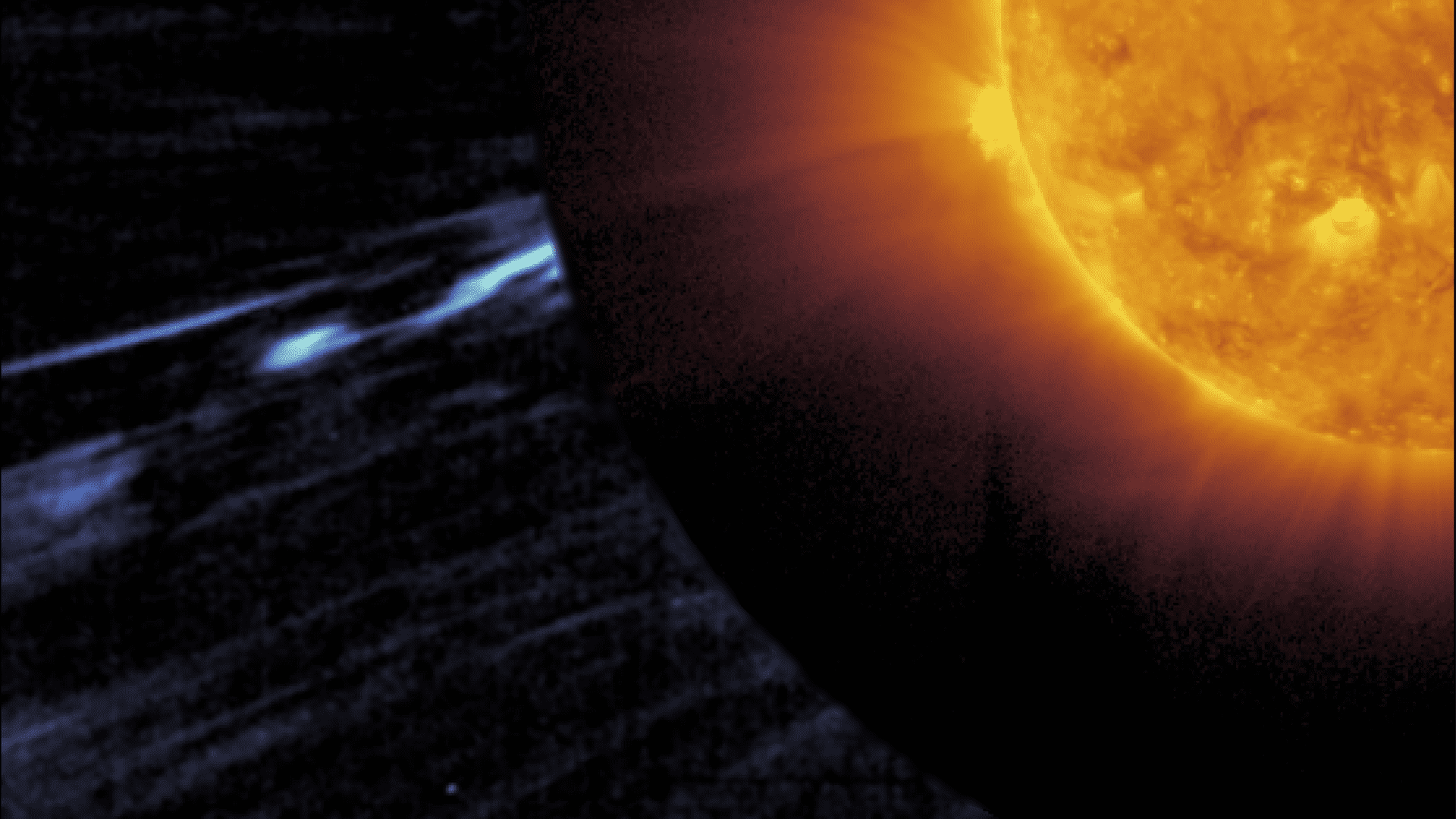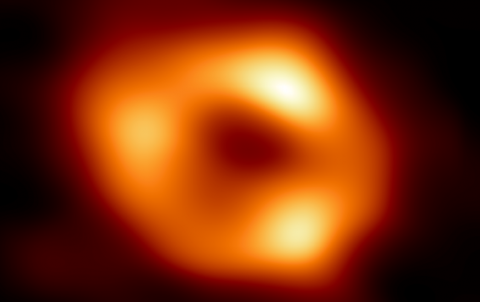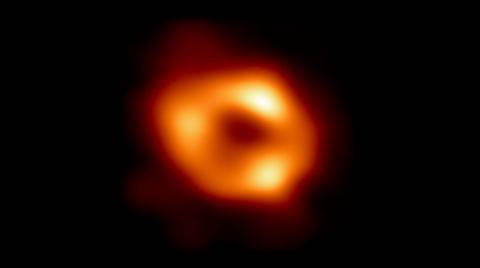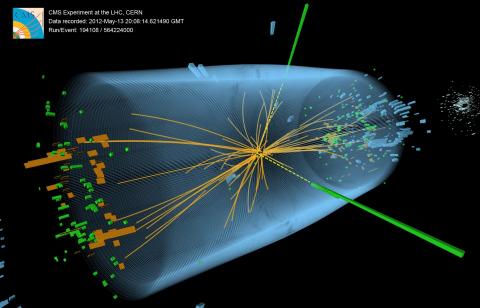Reaction to possible first direct observation of a magnetic switchback from the Sun
The ESA/NASA Solar Orbiter mission may have made the first direct observation of what are known as magnetic switchbacks on the Sun. The phenomenon, which consists of S-shaped disturbances that cause sudden reversals of its magnetic field, had been identified by different space probes since the 1970s, but its explanation had only been described theoretically. The finding is published in The Astrophysical Journal Letters.

On the left is the "magnetic whiplash" as captured in the solar corona by the Metis instrument on 25 March 2022. The change in direction appears to be related to the active region seen in the EUI image (right). Credit: ESA & NASA/Solar Orbiter/EUI & Metis Teams and D. Telloni et al. (2022).
Jose Carlos del Toro - latigazos magnéticos EN
Jose Carlos del Toro Iniesta
Research Professor at the IAA-CSIC (Granada) and co-principal investigator of the SO/PHI instrument on board Solar Orbiter
The consequences of the design of a mission such as Solar Orbiter, in which, for the first time, ten instruments - six for remote sounding and four for local measurements - are combined on board a spacecraft that comes as close to the Sun as the planet Mercury (0.3 astronomical units) are produced regularly, and today we know of one of the most spectacular results. It is the direct identification by the Metis instrument, with the help of the EUI instrument, of one of the phenomena that have attracted a great deal of recent interest in the solar corona and the origins of the solar wind.
Although "magnetic whiplashes", or S-shaped structures in the coronal magnetic field lines, were identified in the 1970s with the German-American satellites Helios 1 and 2 and later in the 1990s with the ESA/NASA Ulysses probe, the formidable approach of NASA's Parker Solar Probe spacecraft in 2018 to previously unreached distances from our star has shown that the occurrence of such S-shaped structures is more common than expected. They have been dubbed "magnetic whips" because their morphology (only theoretically predicted) made them resemble whips in action. However, no one had observed them directly. They were only mathematically sound models from indirect observations by the instruments on board Parker Solar Probe.
Professor Gary Zank, from the University of Alabama in Huntsville, USA, explained that the whips could be produced by the sudden encounter of closed magnetic field lines with open lines in the corona above an active region. The closed lines correspond to magnetic fields whose origin and destination lie in the star, while the open lines start at the Sun and extend into the heliosphere to integrate with the interplanetary magnetic field.
The solar wind, a continuous stream of particles of solar origin, is forced to move along the magnetic field lines. The closed ones do not let the particles escape and the wind along them is known as slow solar wind. The wind along the open ones is fast because the particles must have undergone some kind of acceleration. The meeting of the two types of lines involves the immediate release of energy because work is needed to bring them together and models predict that this S-shape propagates outwards from the Sun: the whiplash. The energy released could well supply the acceleration of the fast solar wind particles.
Dr Daniele Telloni, from the Italian National Institute of Astrophysics and the Astrophysical Observatory of Turin, has announced on behalf of the Metis coronagraph team that he has discovered direct observational evidence for one such whiplash. A coronagraph is an instrument that occults the bright solar disc to reveal and study the faint light coming from the outermost layer of the solar atmosphere. Only by occultation of the disc are we able to distinguish the coronal structures in which the Metis team, with the help of observations from the EUI extreme ultraviolet imager, and the collaboration of Zank himself, have found morphological evidence consistent with Zank's models. The results are published in the prestigious journal The Astrophysical Journal Letters and constitute a significant contribution of the Solar Orbiter mission.
Conflict of interest: he is co-principal investigator of the Solar Orbiter SO/PHI instrument, not involved in this finding.
D. Telloni et al.
- Research article
- Peer reviewed



